Search Images
Browse Content (p. 1296)
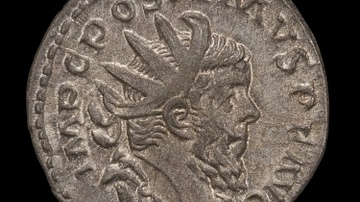
Image
Postumus
Silver coin depicting Emperor Postumus (260-269 CE), minted in Cologne.
British Museum, London.
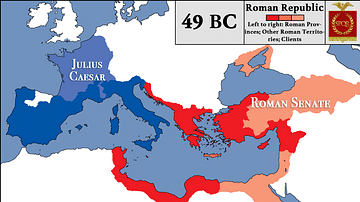
Image
Roman Republic at the Beginning of Caesar's Civil War
This map depicts the territories under Julius Caesar and Roman Senate in the wake of the outbreak of Caesar's Civil War in 49 BCE in the Roman Republic. Caesar crossed the Rubicon and marched on Rome while Pompey, supported by the Senate...
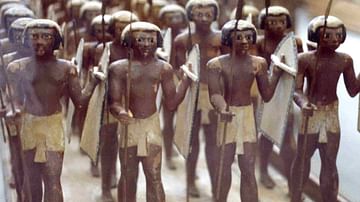
Image
Egyptian Warriors
Egyptian wooden warrior figures from the tomb of Mesehti, 11th Dynasty. (Egyptian Museum, Cairo)
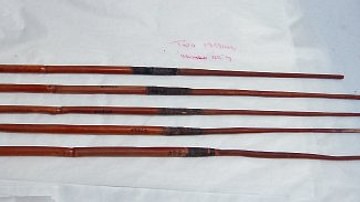
Image
Reed Arrow Shafts
Reed arrow shafts, c. 80 cm long. From Asyut, Egypt, 6th Dynasty.
The British Museum, London.
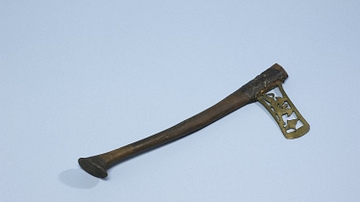
Image
Ornamental Axe
Flat, ornamental axe-head with original wooden haft and black leather binding. It is certainly non-functional. From Thebes, Egypt, c. 1550-1285 BCE.
British Museum, London.
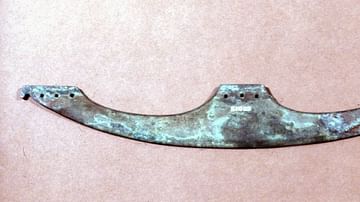
Image
Middle Kingdom Axe-head
Arsenical copper axe-head, dating to the Middle Kingdom of Egypt. It has nine binding-holes, three in each tang. Traces of the original wooden haft survive and the remains of some organic material are preserved in the corrosion product on...
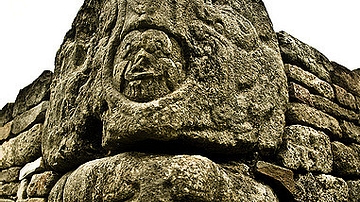
Image
Tlaltecuhtli, El Tajin
Tlaltecuhtli, the earth-fertility goddess, represented as a toad supporting the corner of a pyramid platform at El Tajin.
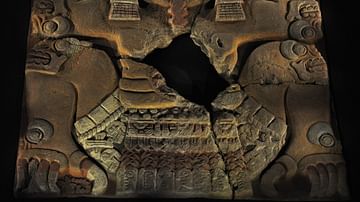
Image
Tlaltecuhtli
A stone sculpture representing Tlaltecuhtli, the Aztec earth-fertility goddess. Excavated in the Templo Mayor area of Tenochtitlan (Mexico City)

Image
Ares Alkamenes
A Roman marble head of Ares, god of war. Roman copy from a 4th century BCE Greek bronze original by Alkamenes. Centrale Montemartini, Rome.
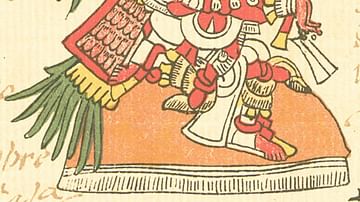
Image
Tlahuizcalpantecuhtli
The Mesoamerican god Tlahuizcalpantecuhtli or 'Dawn Lord' who represented the planet Venus, especially as the morning star. From the 16th century CE Codex Telleriano-Remensis